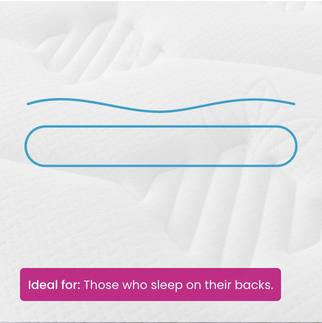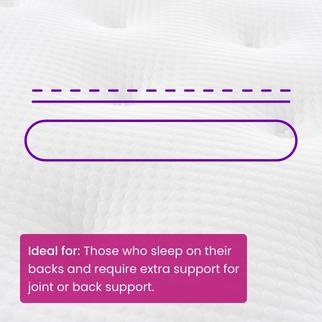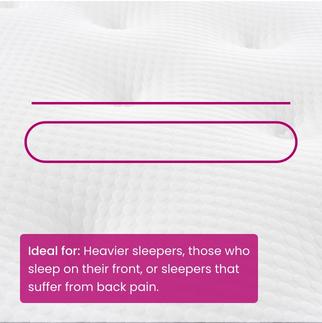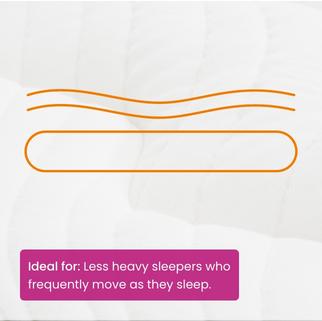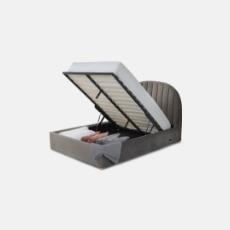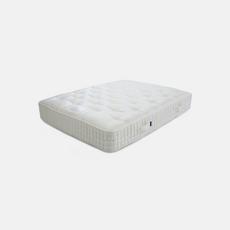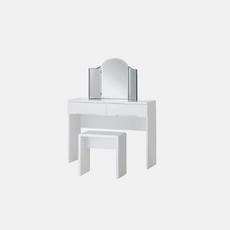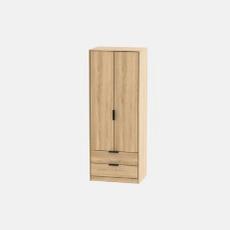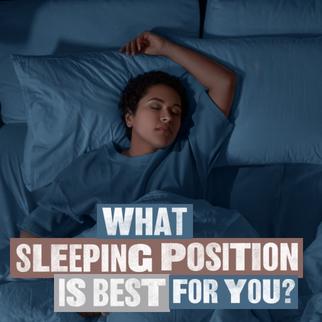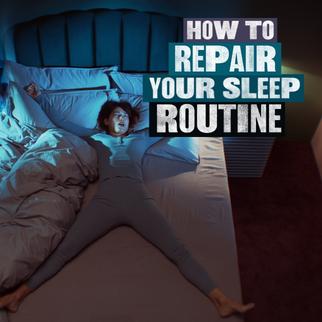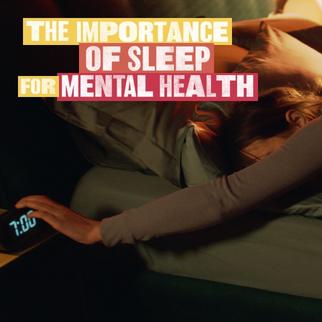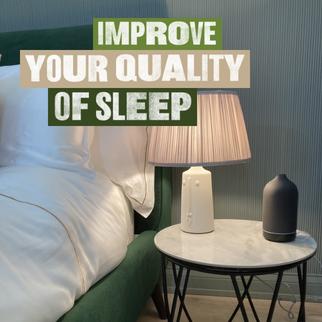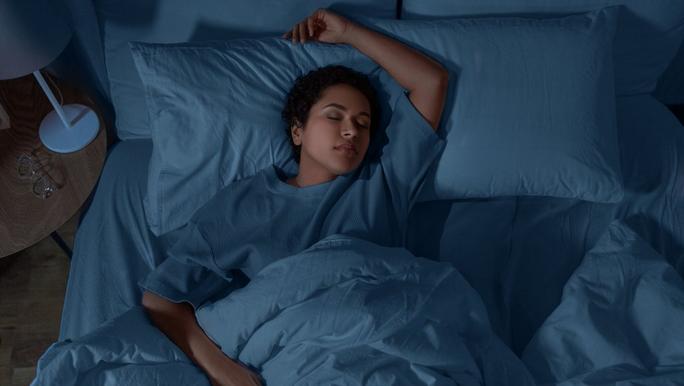

Have you ever woken up feeling like you’ve slept ‘funny’? Those stiff necks, sore backs, and pins-and-needles sensations in your arms might actually be caused by your preferred sleeping pose. Either way, it’s not the best way to start your day.
There are also sleeping positions that cause more surprising long-term problems too. You might feel the comfiest laying on your stomach, face-down on your duck feather pillow, but that doesn’t always mean it’s the best sleeping position for your body.
If you’re trying to figure out the best way to sleep, we’re here to help. Continue reading, below, to find out the best sleeping position for lower back pain, breathing problems, and neck pain.

Sleeping on your back
When it comes to sleeping poses, some argue that sleeping on your back is the most health-friendly. Your spine is generally in better alignment, and your body weight is distributed evenly. It’s ideal for relieving back pain, especially if you invest in a supportive mattress for your spine. Plus, it even reduces unnecessary pressure on your joints.
Back sleeping is also one of the best sleeping positions for neck pain. Like sleeping on your side, sleeping on your back helps mediate neck pain when sleeping with a flat pillow. This is made all the better if you opt for a memory foam pillow for that added support. By cushioning your head, the curvature of your neck is supported when sleeping both on your back or your side.
If you have a sniffly nose, back sleeping can also help ease congestion for a better night’s sleep. But if you’re a snorer, stay clear. Back sleeping will only make those snoring noises louder (and your partner angrier).
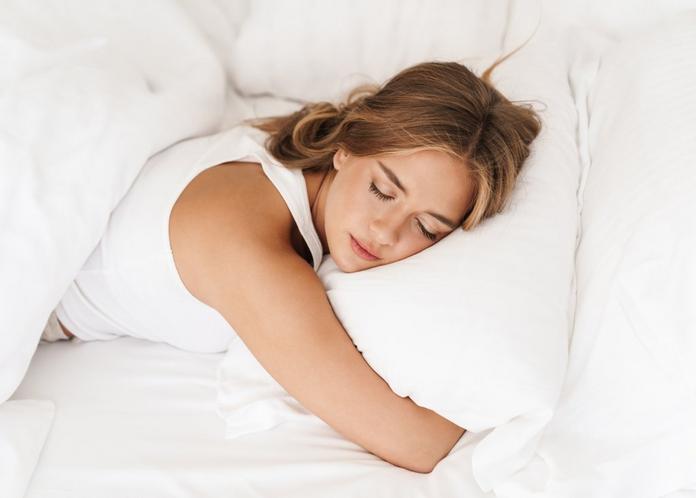
Sleeping on your front
For many people, their go-to sleeping position is lying on their front. It can help open your airways, which often works as a noise-cancelling technique for snorers. That said, stomach sleeping can be a disaster for neck and back pain.
Usually, you’ll need to turn your head to one side, throwing your spine and neck out of alignment with the rest of your body. Usually, this results in aches and pains upon waking.
If you really can’t face any other position, invest in a firm mattress to ensure your stomach is supported and help you avoid back pain. Or, try placing a pillow under your stomach to encourage better spine alignment.

Sleeping on your side
Are you a legs curled up or stretched out kind of person? Regardless of your preference, side sleeping is the most common of all. If you opt for the foetal position, though, it can cause stiffness and joint pain. After all, you’re practically curled up all night!
If you get it right, side sleeping can be one of the best sleeping positions - it can ease back pain as it alleviates pressure on your spine. However, it can also increase strain on your hips. In order to get this sleeping pose right, you should sleep with a pillow under your pelvis.
You might also experience shoulder pain if you spend too long dreaming on your side. So, buying a high-quality mattress that minimises the risk of you sinking too much is ideal for relieving pressure on your joints.
Side sleeping is also considered the best sleeping position during pregnancy, especially during the second and third trimesters.
The best sleeping position for lower back pain
Finding the best sleeping position can be difficult if you suffer from lower back pain. Sleeping on your side is probably the most comfortable and the best sleeping position for lower back pain. This is because side sleeping eases the strain on your back and helps ensure healthy spine alignment when done correctly.
For an even better night’s sleep, try sleeping with slightly bent legs, as this may alleviate pressure on your lumbar spine and discs. Also, place a pillow between your knees to ensure your hips are properly aligned and don’t add to your lower back pain.
You might find the switch hard if you’re not a natural side sleeper. But, you can try some other techniques to help. For stomach sleepers, place a thin pillow under your head and a bouncier pillow under your hips to encourage better spine alignment. Back sleepers could try putting a pillow under their lower back to support the spine’s natural curve.
Don’t underestimate the power of a supportive mattress, either. Sleeping positions are beneficial when teamed with the right mattress. For back pain, a firmer mattress can help ease aches by giving extra support.
The best sleeping position for breathing problems
Heavy snorers or anyone with breathing problems, including sleep apnoea, should probably avoid sleeping on their back or stomach. Back sleeping is the worst culprit for aggravating these conditions because it can hamper or close your airways.
Stomach sleeping isn’t ideal here either. Gravity works against you since your body’s weight presses down on your lungs, making you short of breath.
For the best night’s sleep, switch to your side. This position increases the air in your lungs and can silence the annoying snores. Or, if you can manage it, grab some extra pillows and sleep slightly upright, so your head is elevated above your lungs.
Create your dream bedroom
Whether you’re looking for matching bedroom furniture or just the perfect finishing touch, our range of bedroom furniture can suit all your needs.
Helping you find your sleep thing
Whether it’s finding the perfect sized bed for your space, buying a new mattress to improve your sleep, or squeezing in hidden storage - we’re all about helping you create your perfect bedroom
